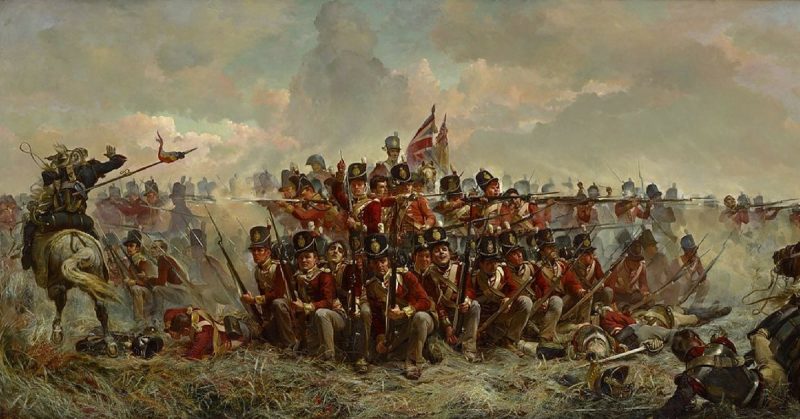Warfare has changed dramatically over the centuries. From small bands defending local communities, it has turned into the clash of vast armies on an industrial scale. In the 1950s, historian Michael Roberts argued that the most significant period of change came in early modern Europe, as technology, society, and government took leaps forward along with the art of war.
While Roberts’ argument has since been disputed, it has left two important ideas for understanding war – a radical view of early modern changes, and a quest to identify revolutionary moments in military history.
Transforming Warfare in Early Modern Europe
The 16th to 18th centuries saw many significant changes in European warfare. Swords, lances, and bows were replaced by pikes and firearms, the latter becoming increasingly sophisticated until pikes too were abandoned, all infantry being equipped with guns. Armies grew vastly in size – England, for example, could field 199,000 men in 1760, as opposed to 25,000 in 1475. Cannons made the old feudal castles obsolete. Tactics changed, and a growing body of professional soldiers emerged to master the new forms.
Alongside this, nations were changing. Feudal monarchies gave way to modern nation states. The apparatus of government became increasingly large and sophisticated, especially around the raising and maintenance of armies.
Roberts’s Military Revolution Theory
Michael Roberts viewed these changes as intimately connected, and as representing a transformation in society as well as warfare. In the view he put forwards in 1957, this was a period of unprecedented change, preceded and followed by lulls in military development. It was a true revolution.
In Roberts’s view, changing military technology meant that government had to expand to support the armies of the time. To field large armies using modern weapons, and the flexible tactics Roberts thought they displayed, required professional soldiers to replace the temporarily raised militias of previous eras, leading to standing armies of growing size. These larger armies allowed greater governmental control, which in turn let governments build up their armies.
Building on this theory in the 1980s, Geoffrey Parker suggested that the revolution covered a greater period than the century from 1560 to 1660, the timeframe for Roberts’s original revolution. Parker also argued that this revolution allowed Europe to dominate the globe.
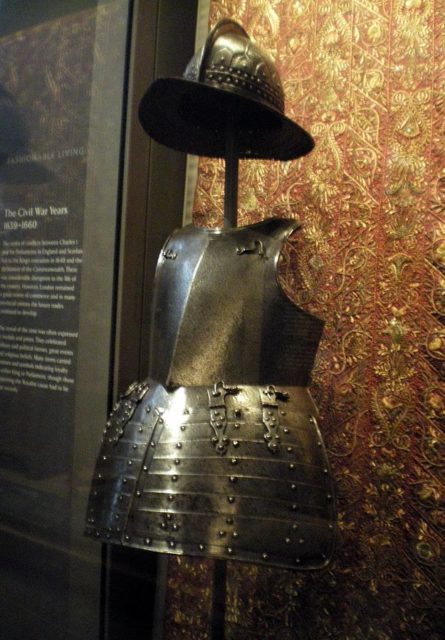
Revolution or Evolution?
Other historians, such as Jeremy Black, have argued against the idea that this was a particularly important period. They point out two sorts of flaws in Roberts’s theory – limits of change during the supposed revolution and changes happening before and after.
Many points can be made about the limits of change from 1560-1660. The armies that succeeded were not always those that adopted the supposedly successful and revolutionary tactics Roberts highlighted – weight of numbers and better morale were at least as decisive. Limits on available resources curtailed the growth of armies, and the ability of their commanders to supply them.
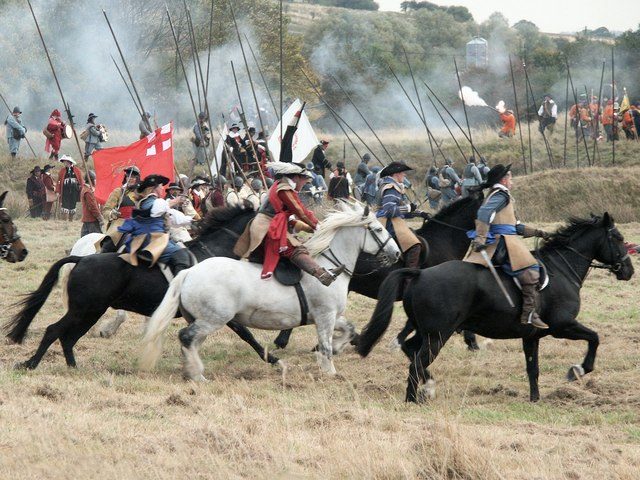
On top of this are the changes either side of this period. Cannons began a transformation in warfare from the 14th century, a point acknowledged by Parker. Mobile artillery and the abandonment of the pike in favor of the bayonet were both very important and came later. An arguably more significant change in the scale of armies came with the mass compulsory service of the French revolutionary armies.
Many critics argue that Roberts’s “military revolution” was in fact just part of the steady evolution of warfare over time.
Other Military Revolutions
One reaction to this has been to identify other periods of military revolution and argue that they are as significant, if not more so.
Roberts himself later acknowledged three other military revolutions – the second millennium BC rise of swords and mounted warriors; the 6th century AD triumph of heavy cavalry; and the 20th century’s scientific revolution in warfare, including the creation of the atomic bomb.
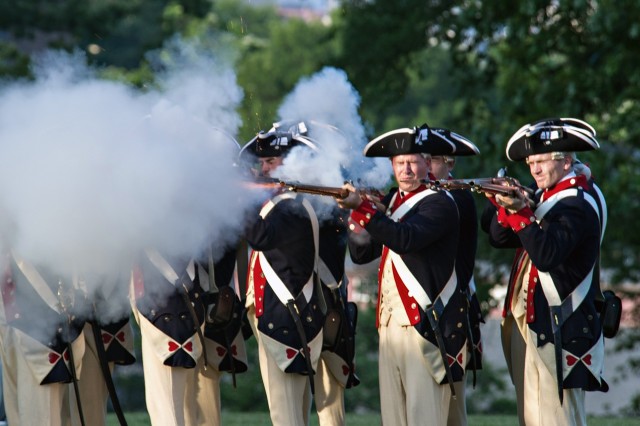
Writers in the 1990s argued that the world was then undergoing a military revolution, as demonstrated by the 1991 Gulf War. Drone strikes, precision bombing, use of satellites, and other changes in tactics and technology were seen as heralding a new dawn of technological warfare. But this apparent revolution was, in turn, challenged later in the decade, with some arguing that the change was not so great, that it had come sooner, that it was fizzling out, or other variations on this debunking theme.
Cyril Falls has argued that the same mistake is made by military historians in every era. Swept up in the excitement of the times, they see the changes around them as a radical revolution, when they are simply the latest steps in the steady and ceaseless evolution of warfare. There are no revolutions, but change is constant.
Why the Military Revolution Still Matters
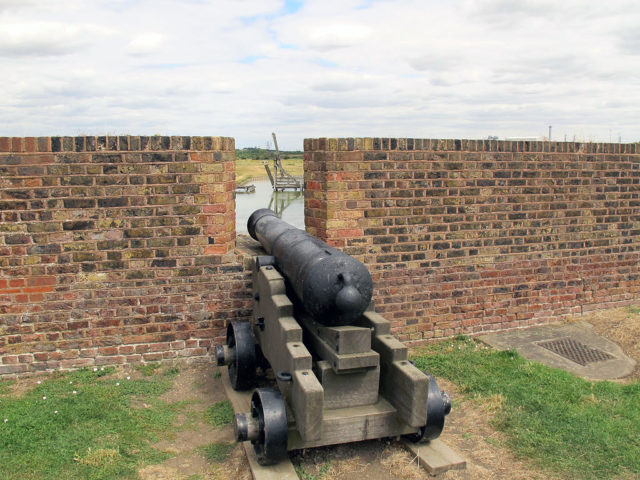
The identification of a succession of different military revolutions lends weight to Falls’s argument. Not all of these changes can be more radical than each other. Warfare never sits still. Tactics and technology are forever changing.
But Roberts’s idea of the military revolution is still useful. It has helped us to see how technology, society, and tactics are all tied together, and that they can go through periods of great interconnected upheaval. It has given historians a label for the most significant shifts in military matters. It has encouraged us to look for trends in the way that wars are fought.
The changes he identified are still regarded as significant, even if they were not the unique revolution his 1957 article suggested. The 16th to 18th centuries saw armies grow larger and more professional. Musket warfare increased the emphasis on discipline and uniform behavior. Soldiers became anonymous cogs in military-governmental machines. Gunpowder overtook all the weapons that had come before.
There may not have been a single European military revolution, a moment in time that transformed warfare. But the theory of that revolution has helped us greatly in understanding military history.
